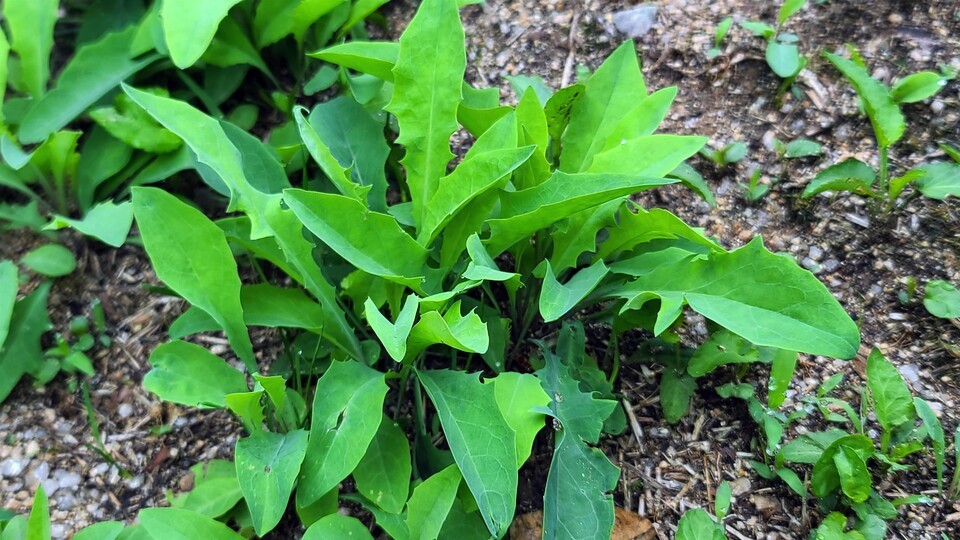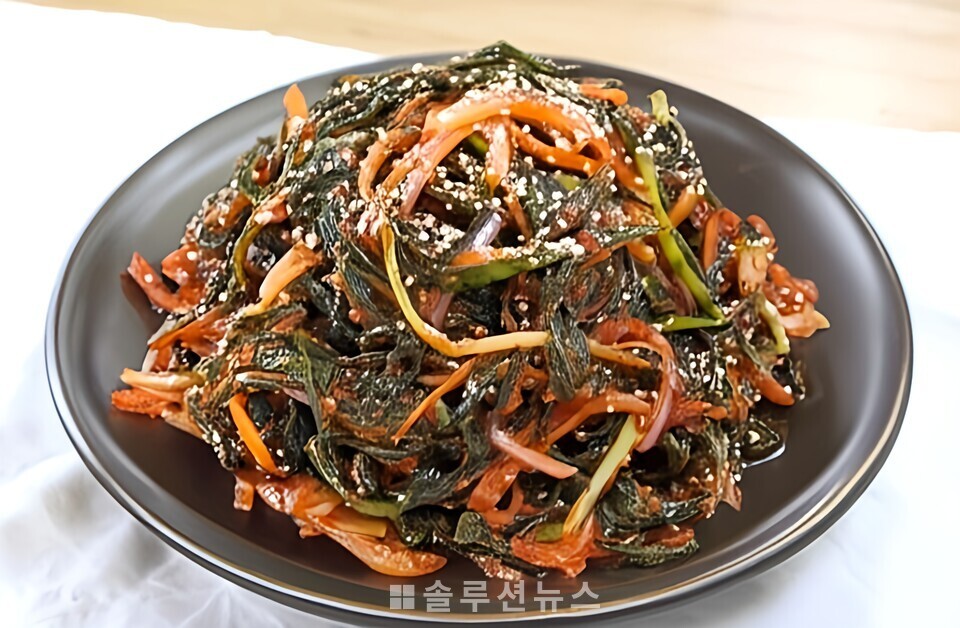In spring, there is hardly a better solution to recover from a languid appetite and fatigue than Korean traditional herb, Radish Leaf. This herb, either pickled or used as kimchi, is gaining renewed interest among health-conscious consumers.
According to the Rural Development Administration, Radish Leaf is an excellent spring health food, containing significantly more antioxidants in its leaves than in its roots. Tests have shown that the leaves contain over twice the amount of total polyphenols and more than ten times the flavonoids found in the root. These compounds help remove active oxygen and prevent cell aging. Especially during the changing seasons when immunity is a concern, this herb’s anti-inflammatory, antipyretic, and digestive promoting functions are attracting attention as a health solution.
The medicinal properties of Radish Leaf have long been recognized. Traditional Korean medicine has touted its effectiveness in detoxifying the body and strengthening the stomach. Research continues to confirm that anti-inflammatory components such as lactucin help alleviate inflammation and aid in calming the nerves. Its ‘bitter taste,’ which soothes the weary body, underscores its reputation as more than just a mere food ingredient, but a representative of ‘food as medicine.’
Moreover, Radish Leaf is highly accessible due to its simple preparation method. Lightly blanching it as a vegetable and seasoning with red pepper paste revives one’s appetite, and using it for traditional kimchi keeps it a health protector on the table throughout the seasons. Recently, the recommendation to use young leaves for kimchi is based on the scientific judgment to effectively consume the high-antioxidant content in the leaves.

However, caution is needed to avoid confusing it with similar-looking plants like Yellow Lettuce. The leaves of Radish Leaf have a spear shape with serrated and deeply cut edges, hair on the stem, and a single thick root. In contrast, Yellow Lettuce has no hair on its stem and multiple divided roots. The color of the flower stem can also serve as a differentiating factor: Radish Leaf is yellow, while Yellow Lettuce is blackened, allowing for comparative identification.
Kim Geum-sook, head of the National Institute of Horticultural and Herbal Science of the Rural Development Administration, stated, “Radish Leaf is an ideal plant for reviving springtime appetite and enhancing physical vitality,” and added, “By discovering the value of lesser-known herbal resources, we aim to make a practical contribution to public health.”
As the health benefits of traditional fermented foods are being re-evaluated, interest in kimchi and vegetables is increasing. Among them, Radish Leaf stands out for its potential as a functional food ingredient that stimulates the palate while retaining its bitter taste. In an era when traditional wisdom for health is coming alive on our tables, Radish Leaf indeed carries a deep spring health message beyond its root.
